Persian rugs come in an endless variety of designs. Although each design is unique, they can all be grouped into three categories – floral designs, geometric designs, and universal designs.
Within each category, the designs can be further divided into additional subcategories depending on their structure or layout.
Here’s a look into the interesting world of Persian rugs design.
3 Most Popular Persian Rug Designs Explained
Table of Contents
Floral Designs
The floral designs in Persian rugs are unique. Different tribes and different rug-making regions use their own stylized floral designs in various combinations contributing to the myriad floral designs seen in these rugs.
Below are some of the more common layouts using floral designs in Persian rugs:
Floral Medallion-Allover
The floral medallion is a highly stylized floral motif, which may be in the shape of a square, hexagon, octagon, rhomboid, star or diamond. In the floral medallion-allover design, the field of the rug is filled with stylized motifs, usually all of the same size.
These floral medallions are not randomly placed. Instead they may be placed in repeated parallel patterns or in a concentric circle.
Floral Medallion Plain (Open Field)
An open field implies a more open field across the rug’s surface. In the floral medallion plain design, the stylized floral medallions are spread out with plenty of open spaces between them instead of being bunched up in one area.
The area between the floral medallions may be filled with other patterns or it may be left plain, letting the unadorned field show through.
Floral All Over
In the floral allover design, flowers fill the field of the rug. The floral motifs are generally smaller in size and are connected by an elaborate network of arabesque forms such as vines, tendrils with leaves, blossoms and other smaller lines and motifs.
The end result is an elaborate pattern of flowers and assorted botanicals intertwined with each other, creating a mesmerizing effect.
One of the most common type of motif used in floral allover design is the Islimi floral motif, which can be seen in Shah Abbas rugs and Isfahan rugs.
Geometric Designs
Geometric designs are characterized by angular shapes that are enclosed by ridged lines.
The geometric designs are most commonly hexagonal, octagonal, diamond or rhomboid in shape, though there are no restrictions.
Individual weavers may incorporate their own interpretation of a geometric design in their creations.
Below are some of the more common layouts of geometric designs:
Geometric Medallion Plain
In the geometric medallion plain design, the medallion is quite basic in shape and not heavily adorned or not adorned at all. These type of design is usually found in tribal rugs.
Geometric Repeating Medallion
The geometric repeating medallion design features one or a series of geometric medallions woven in repeated patterns over the field of the rug.
Geometric Allover
In the geometric allover design, geometric motifs are woven all over the field of the rug either in the formation of parallel patterns or concentric circles. The geometric motifs may be plain or stylized.
7 Most Artistic Persian Rug Designs
Universal Designs
Universal designs include motifs that are neither floral nor geometric. These motifs usually have some significance to the culture from which they originated.
They represent real-life objects, usually a variety of botanicals, but are in highly stylized versions.
In some cases, it may be difficult to discern what the design signifies at first glance. It takes a deeper understanding of the design and its origins to figure out what it depicts and its significance.
Boteh
Boteh is a Farsi word that means bud or immature flower. It is used to represent the potential for growth and regeneration.
Persian rug weavers interpret this basic concept in a variety of ways, from very simple to highly intricate.
The Boteh motif may be depicted as tear drops, flames, pine cones or trees that may be used in isolation or in clusters.
Herati
The Herati motif gets its name from Herat, a city in Afghanistan where it originated. The herati pattern consists of a flower that lies in the center of a diamond.
Curved leaves surround the diamond usually lying parallel to each side of the diamond. Weavers may create either simple, geometric Herati patterns or complex, curvilinear versions. The motifs usually fill the rug field in an all-over layout.
Tree
Tree designs are variations of the basic Tree of Life, a significant Persian design that symbolizes the connection between the earth and the environment.
Some rugs feature smaller sized, basic tree designs as part of a larger garden design.
Others may feature a large, elaborate Tree of Life as its central design, which is then surrounded by various smaller motifs and botanicals in an intricate pattern.
Vase
In its most basic form, a vase design consists of a vase filled with flowers. The variations of this basic design can range from simple to highly complex and elaborate with flowers spilling across the rug field.
Very often, weavers create a single large vase surrounded by several smaller-sized vases. This is repeated throughout the field of the rug.
Prayer
Prayer rugs can be easily distinguished by their unidirectional layout in which the mihrab or the triangular nice is pointed in the direction of Mecca.
Garden And Panel
Gardens play a significant role in Persian culture. In the Garden and Panel Design, the weaver creates several gardens, with each garden enclosed within a rectangular or square panel.
The Garden and Panel designs emphasize the complexity and beauty of a garden filled with a variety of flowers, shrubs, trees, and other botanicals.
Picture Designs Animal And Bird
In the animal and bird design, the predominant motifs consist of a variety of stylized animals and birds.
These animals are birds are often depicted in very elaborate forest or garden environments surrounded by assorted plants and trees.
Animals commonly seen in these rugs include sheep, camels, horses, dogs, and camels and common birds include peacocks, eagles, and roosters.
The mythical Phoenix and Dragon are also commonly depicted in Persian rugs from several different regions.
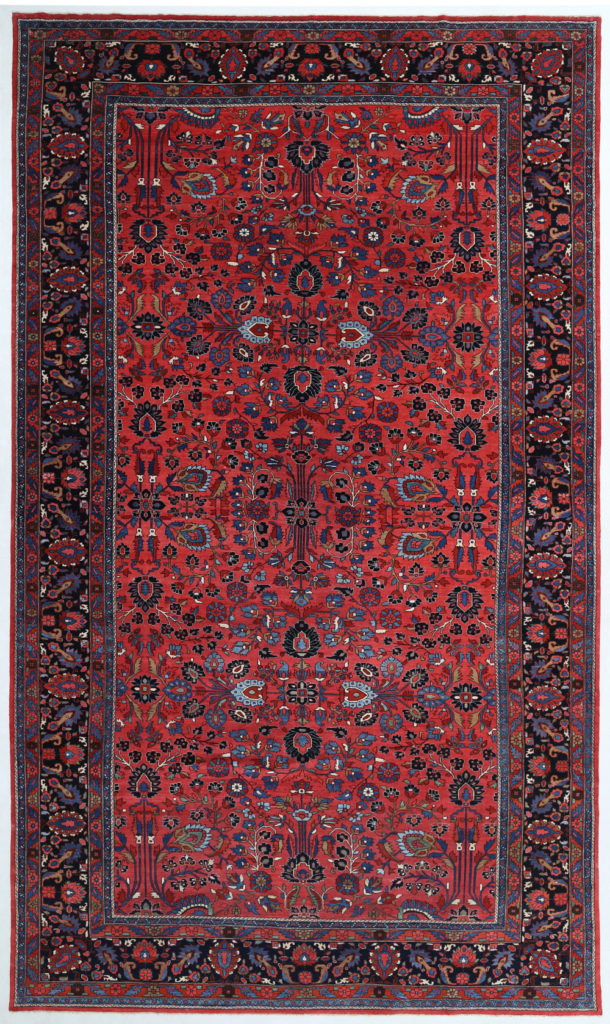
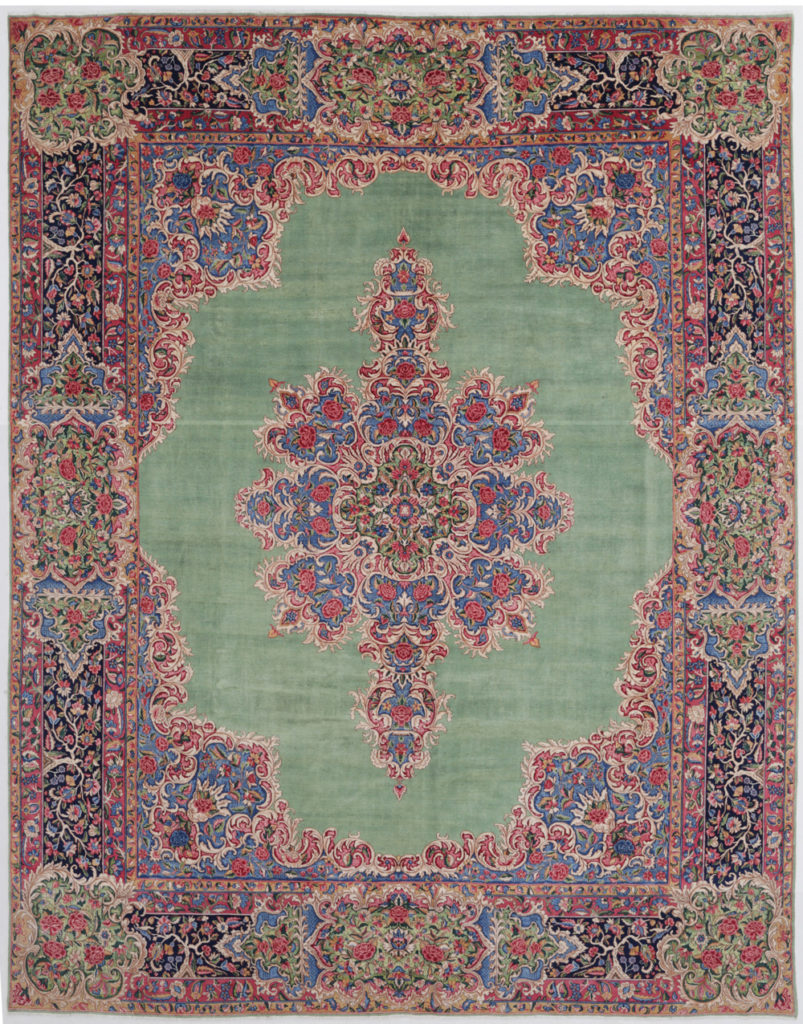
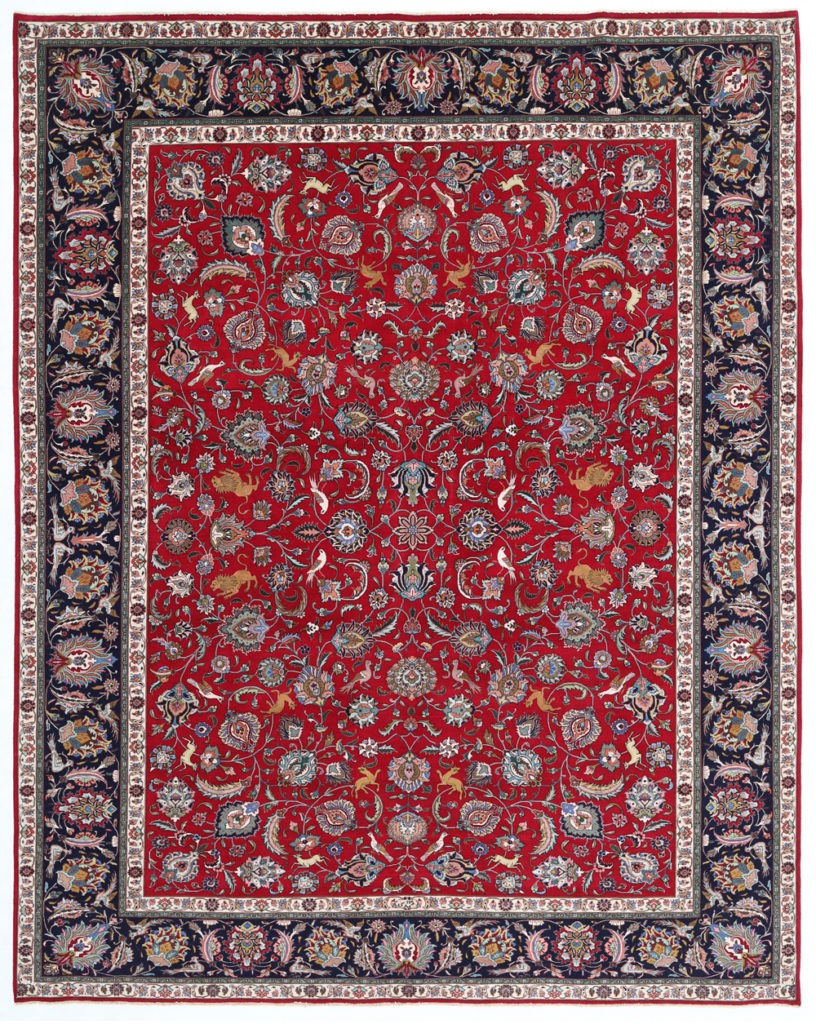
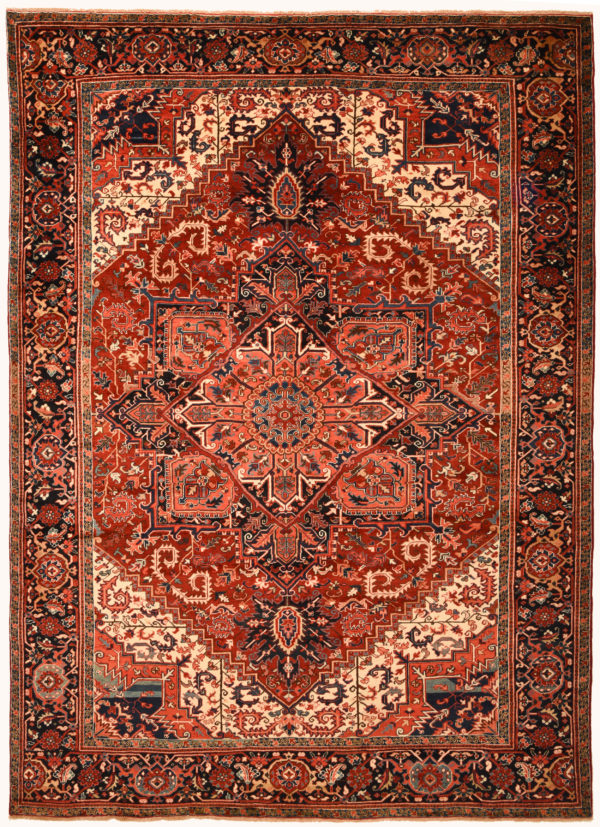
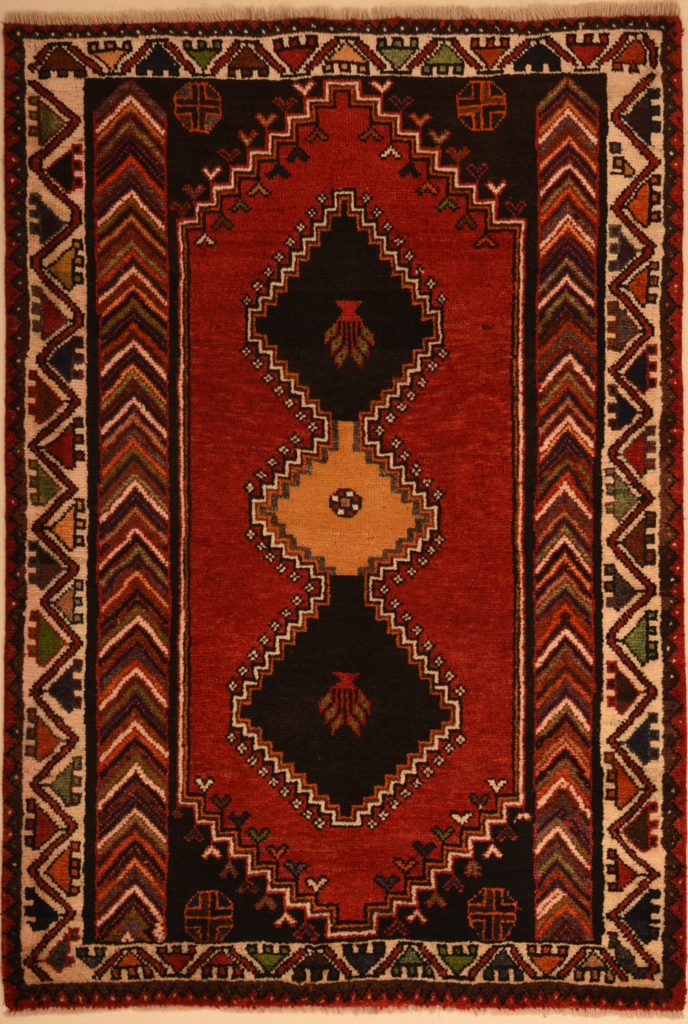
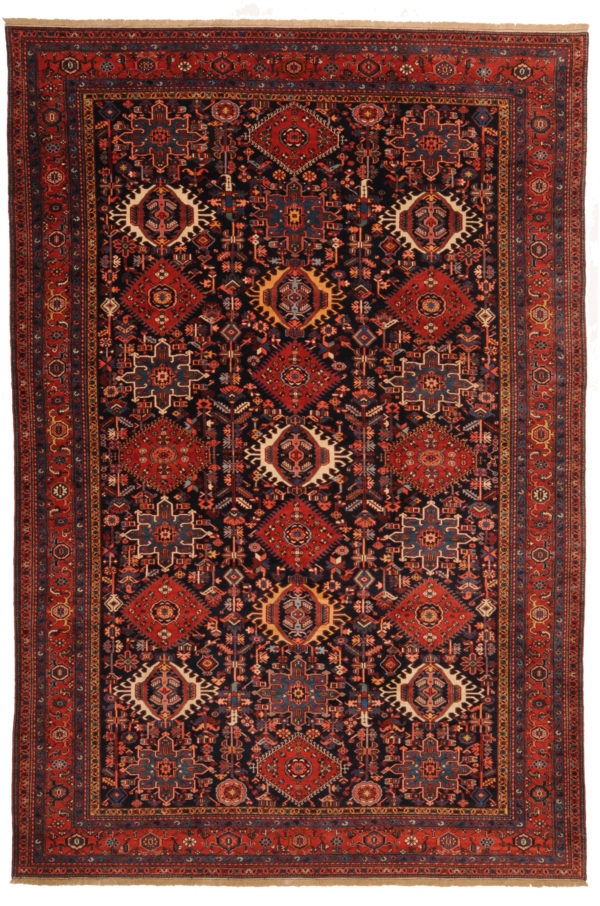
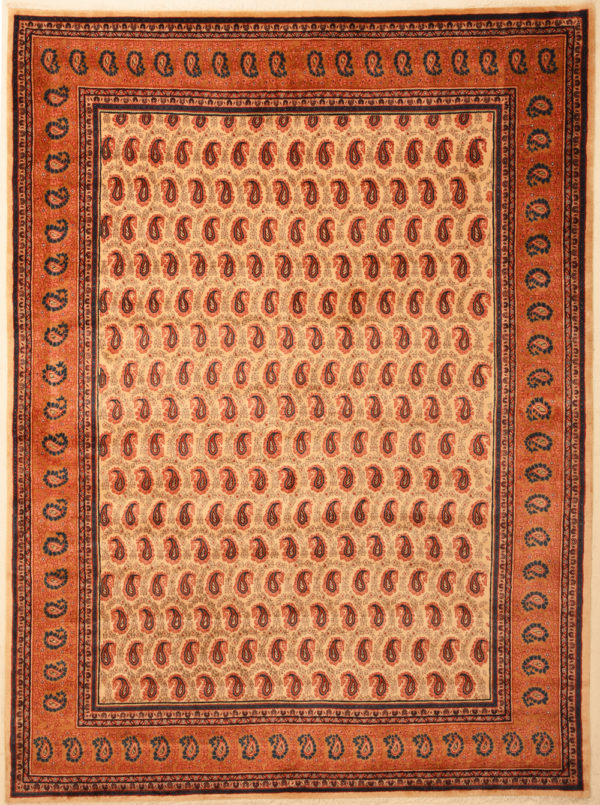
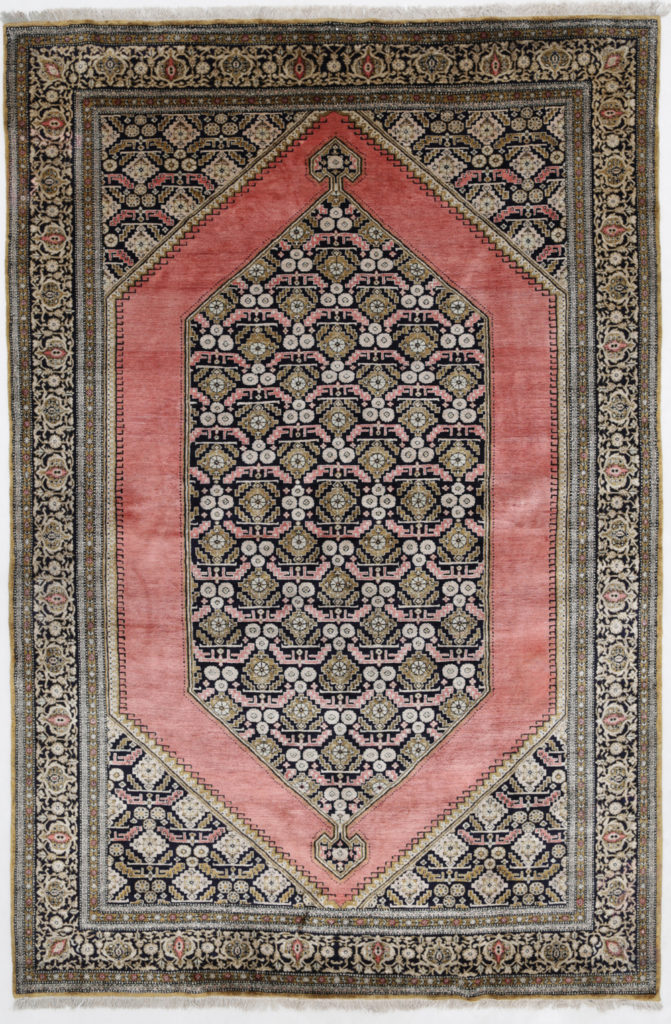
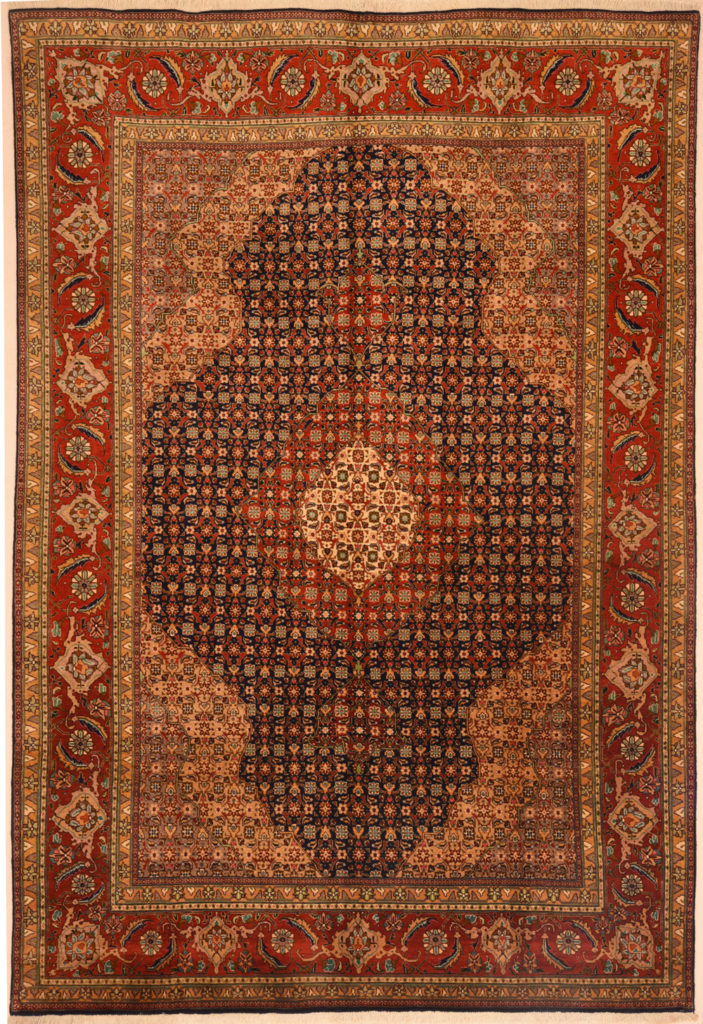
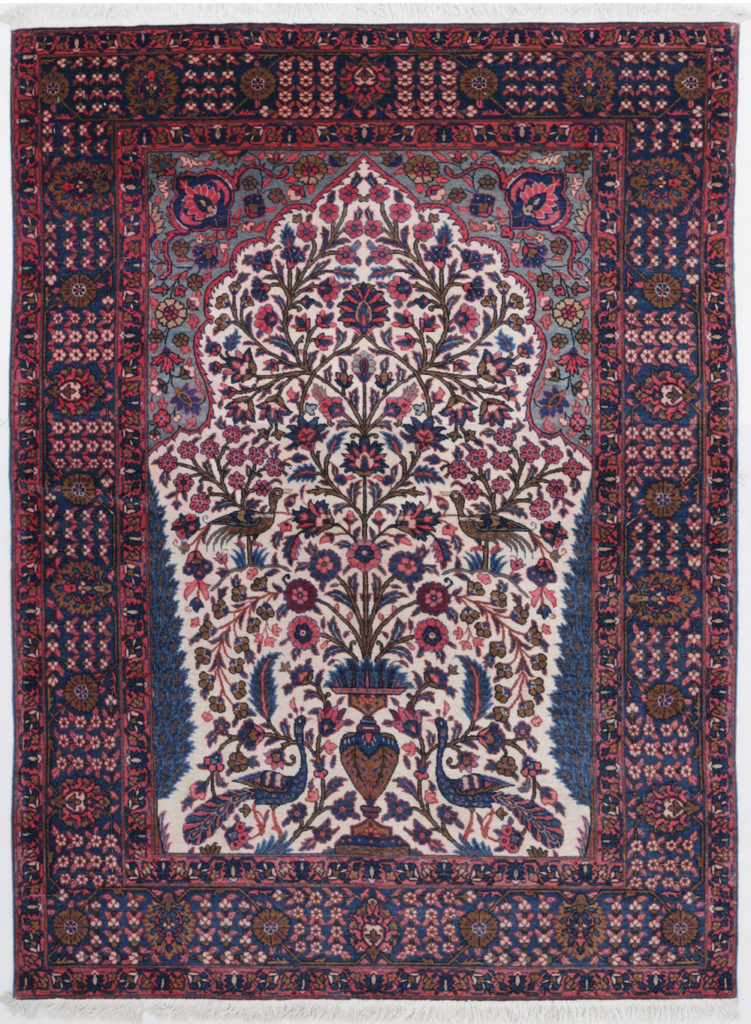
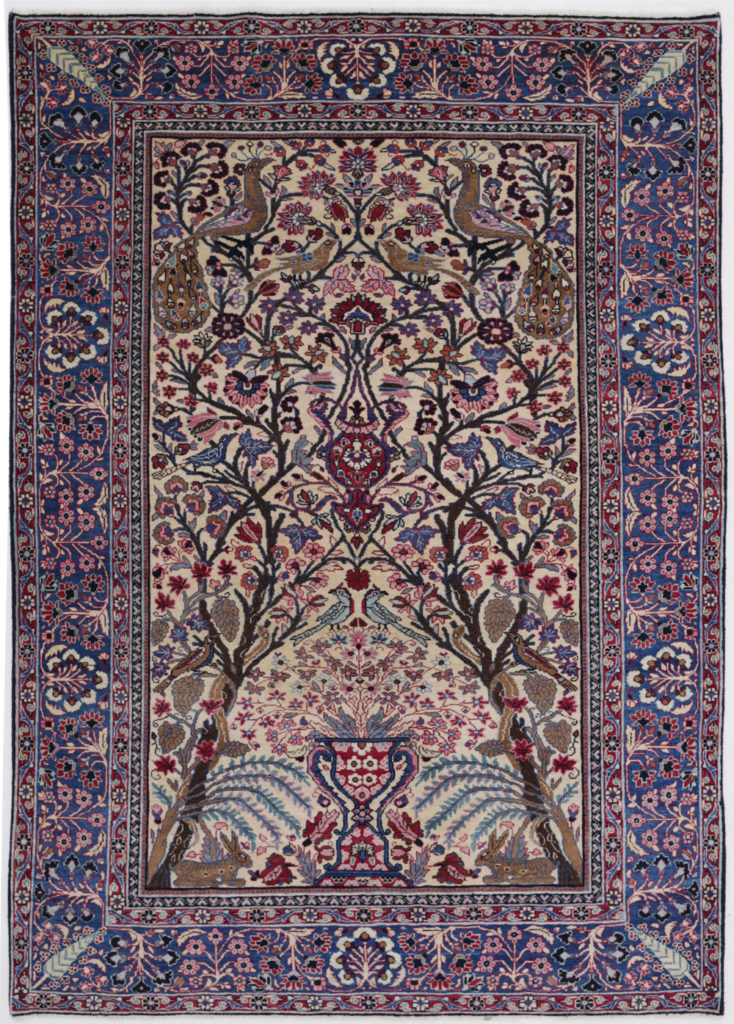
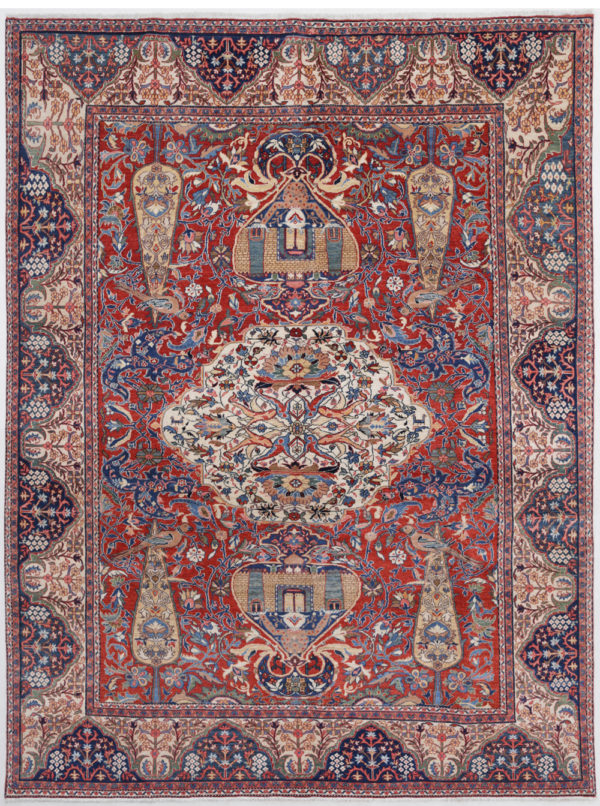
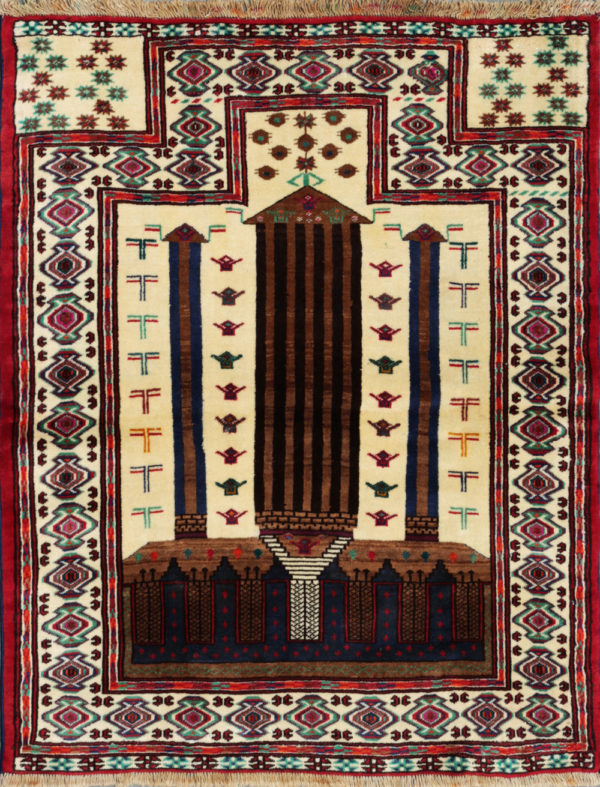
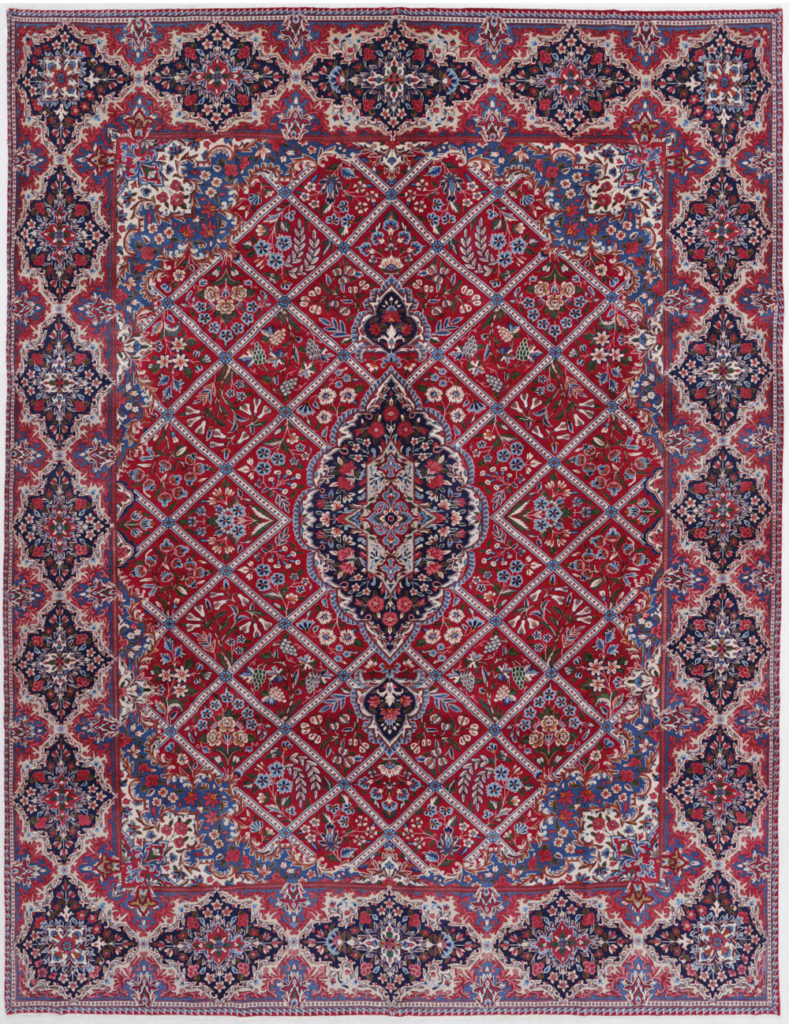
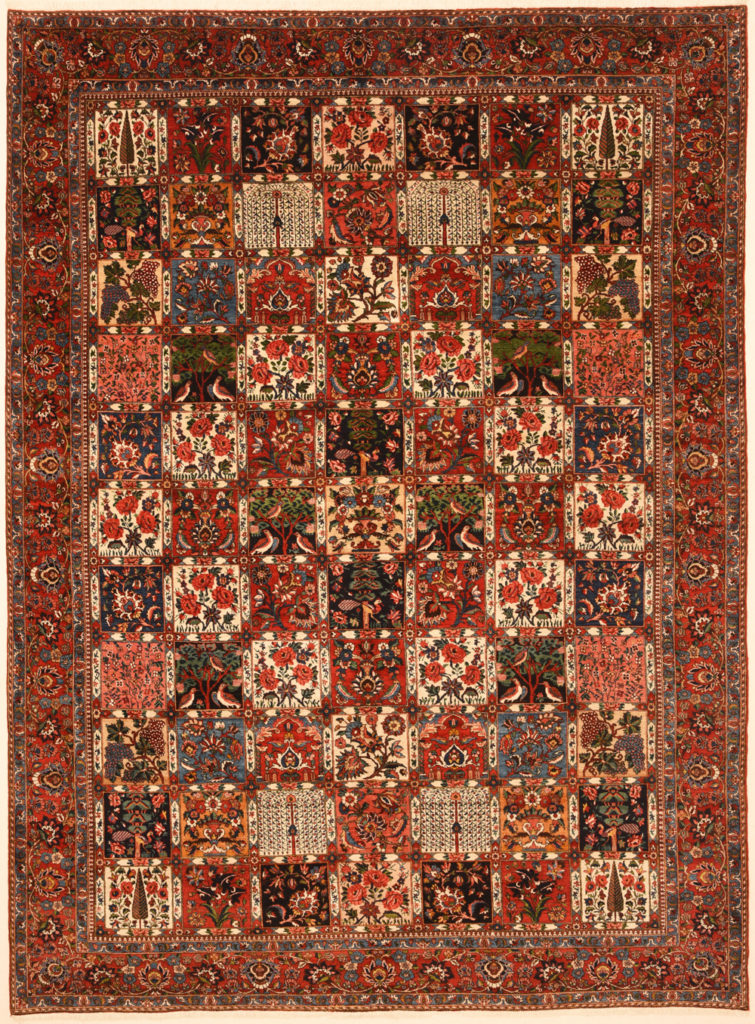

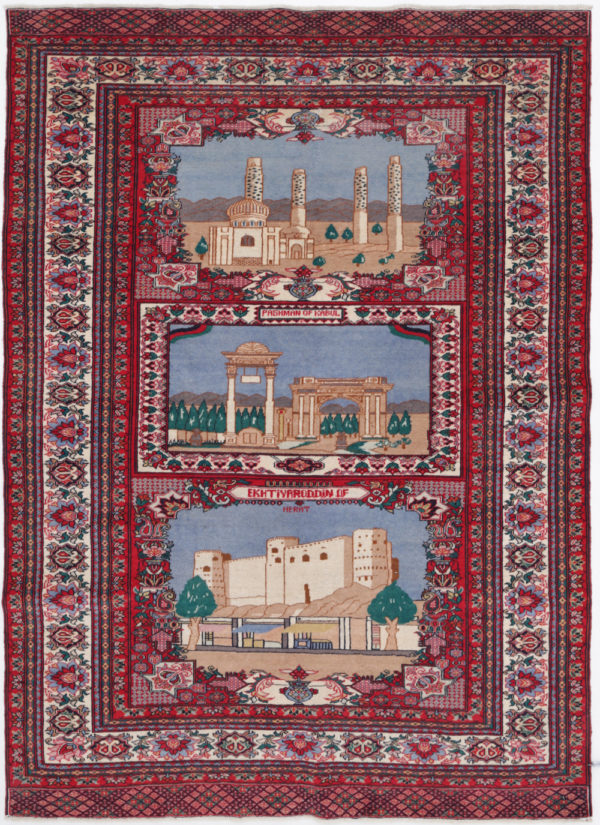
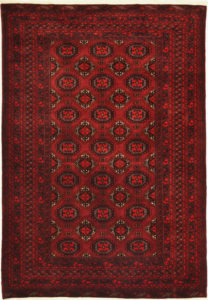
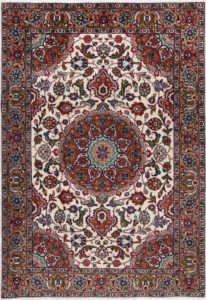
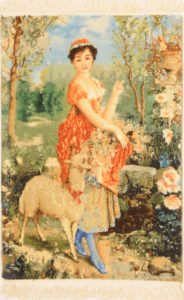
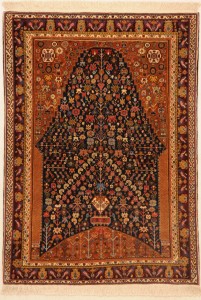
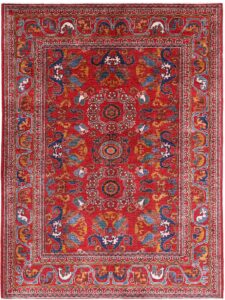
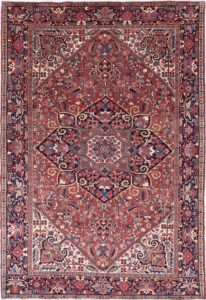
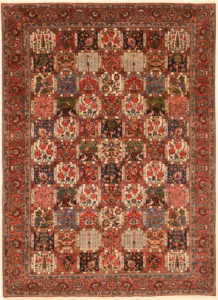
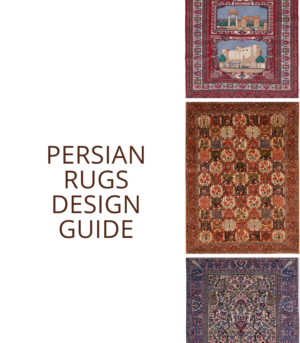

3 thoughts on “15 Persian Rug Designs and Patterns”
It was great to hope for future cooperation
Best Regard
Wish you the best
Wonderful educational, artistic videos!!!
How extra ordinary!!! I am gaining a lot of unique knowledge regarding the types of Persian rugs and their originations. Thank you for your great work!!!
You are helping the Persian culture to flourish further.